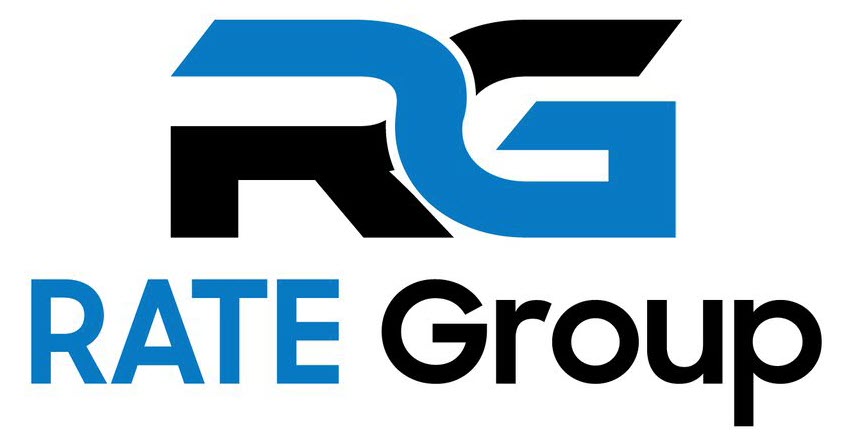
28 Feb From Single Key to Sophisticated Computation: The Evolution of Crypto Exchange Custody
[ad_1]

When the first cryptocurrency exchanges sprung up in late 2010, multisig wallets had yet to be invented. As a result, a single private key was commonly used to control all customer funds. Today, multisig has been complemented by sophisticated solutions such as Unbound Tech’s CASP, which uses secure multi-party computation. Despite these innovations, many exchanges have been slow to adapt, and are still using outdated tools to control billions of dollars of customer funds.
Also read: Bitmain Unveils 2 Bitcoin Miners With Max Speeds Up to 110TH/s Per Unit
From Single Key to Multi Key
When Mark Karpeles sent 442,000 BTC between Mt. Gox wallets in 2011, purely to show that he could, it demonstrated the dangers of single key custody. Having one individual in charge of thousands of customers’ assets was a recipe for disaster. On that occasion, the transaction passed off without a hitch, but four months later the Gox boss was to lose 2,609 BTC due to a…
[ad_2]
Source link

